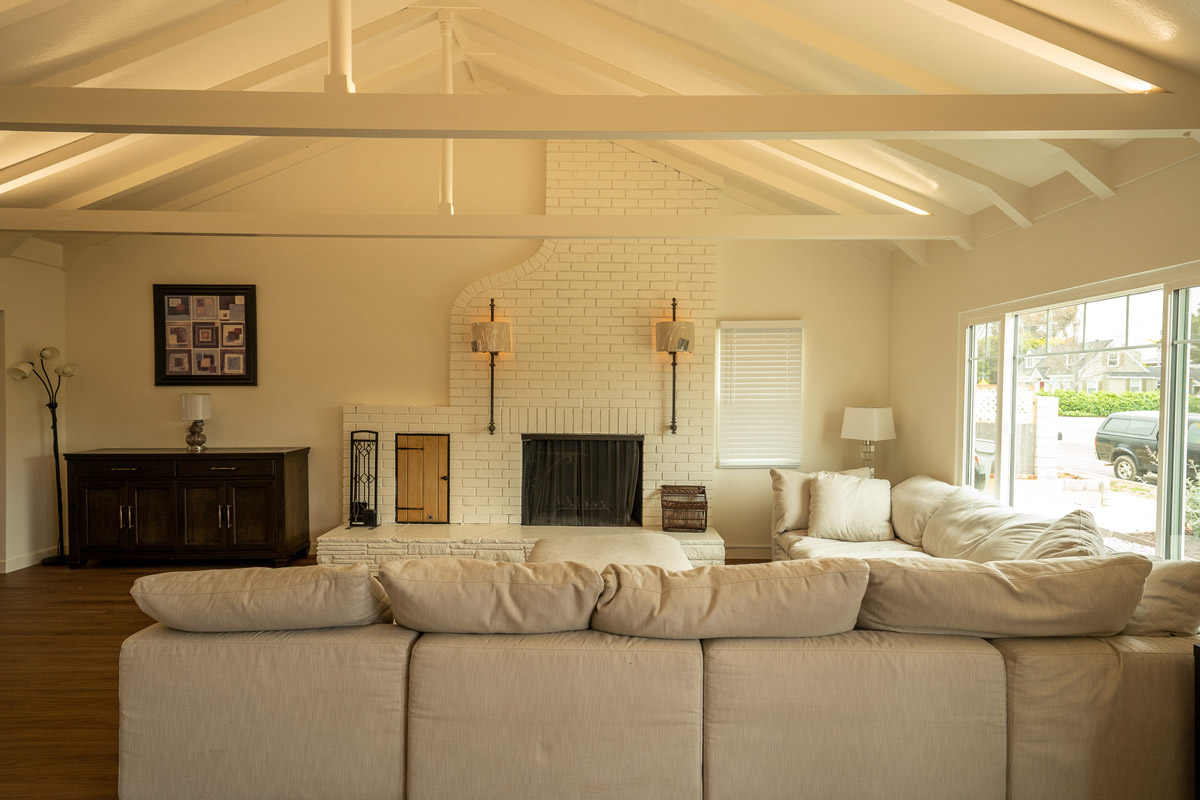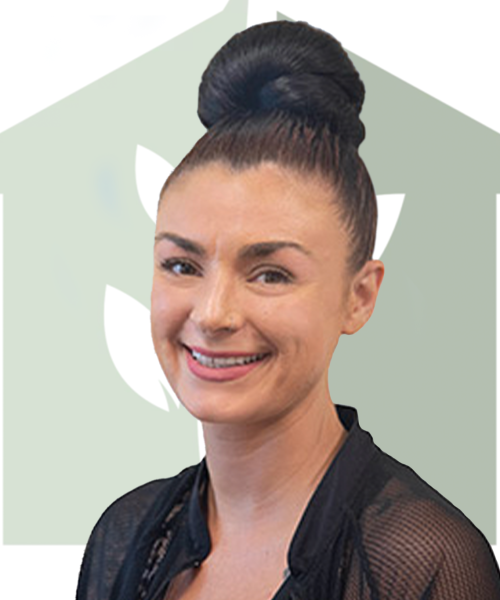There’s a kind of unraveling that doesn’t look dramatic from the outside. It might pass for burnout, or anxiety, or just having too much on your plate. But underneath, something deeper is shifting. Thoughts start to feel less like thoughts and more like noise. Emotions stretch too far in either direction—numb one day, electric the next. And the people close to you might not notice anything right away, because you’re still showing up. Still texting back. Still technically functioning. Until you’re not.
Mental illness doesn’t always kick down the door. Sometimes it slips in quietly, settling in under the surface until the person dealing with it no longer recognizes themselves. That’s especially true with conditions like schizoaffective disorder, where symptoms can mask themselves as common emotional ups and downs—until they stop being manageable.
What You Think Is Anxiety Might Be Something Else
Plenty of people live with anxiety, and it comes in all flavors—racing thoughts, spirals, dread, a pounding heart. But when those feelings start pairing with other things like paranoia, disorganized thinking, or unexplained mood crashes, the picture shifts. People might chalk it up to stress, overwork, or bad sleep habits, especially if the person affected is young and just figuring life out.
But what if the panic isn’t just panic? What if those moments of foggy thinking or intense highs and lows aren’t random? That’s where early intervention matters. Recognizing the early signs of schizophrenia—like changes in perception, emotional detachment, or strange beliefs that don’t quite go away—can help prevent the full weight of psychosis from setting in. It’s not about slapping a label on someone. It’s about not waiting until things fall apart.

The Loneliness That Comes With Not Knowing
One of the hardest parts of early-stage schizoaffective symptoms is that people often know something is wrong but can’t quite name it. They might become more withdrawn, struggling to explain why. Maybe they feel watched, or like their emotions are stuck on extremes, and they’re terrified to say anything because they’re afraid of what it means.
This stage is isolating. Friends might get pushed away. Parents might assume it’s just a phase. And the person going through it feels like they’re losing the thread, bit by bit. They might cling harder to normal routines or act like nothing’s wrong—until it starts showing up in work performance, sleep, hygiene, or just their general sense of reality.
This in-between stage—before a diagnosis, before a crisis—can last a while. It’s the mental health version of treading water in a storm. You’re not drowning yet, but you can see the waves building.
Why Structure Isn’t Just Helpful—It’s Anchoring
The idea of structure gets thrown around a lot in mental health spaces, but it’s not just about having a schedule. For someone who’s experiencing disorganized thinking, mania, paranoia, or depressive lows, structure becomes a lifeline. It simplifies the chaos. It reduces the number of decisions someone has to make in a day. It reintroduces rhythm to a mind that feels unpredictable.
But the structure needs to be consistent and gentle, not rigid. The goal isn’t to turn someone into a machine—it’s to help them find steady ground again. And when that structure includes real social connection, daily check-ins, medication support, and professional oversight, it becomes something a lot more powerful than a planner or a routine. It becomes a way to start rebuilding trust with your own mind.
Where Residential Support Fits In
By the time someone’s reached the point where everyday life feels unlivable, outpatient care often isn’t enough. Living alone, or even just commuting to a few appointments a week, can feel like a mountain when your brain won’t stay quiet. That’s where the right kind of immersive support comes into play.
Residential treatment for schizoaffective disorder isn’t about locking someone away or keeping them under surveillance. It’s about giving someone a real pause from the noise—while still keeping them rooted in a lived environment. Structured facilities that specialize in schizoaffective care provide enough containment to stabilize symptoms without making someone feel like a patient 24/7. It’s not about taking over someone’s life—it’s about helping them start living it again with the volume turned down and the lights back on.
Residents get the benefit of daily therapeutic interventions while still having space to be people, not just diagnoses. Meals happen at the same time every day. Meds are tracked. Group discussions are real and raw. It’s the kind of setting that doesn’t pretend things aren’t hard—but also doesn’t let you sink.
When Healing Needs a Different Setting
For some, the idea of entering a structured living environment feels scary. It can carry stigma or bring up fears of being “sent away.” But the reality is often the opposite. People don’t disappear in places like this—they come back into focus. That scattered, overwhelmed, foggy version of yourself that felt impossible to pin down? Structured living offers space to actually slow it all down. Not in a performative way, but in a practical, repeatable, stable way.
There’s no single road out of a schizoaffective spiral. But a safe environment with therapeutic scaffolding can offer clarity when nothing else has worked. It’s not a forever fix—but it’s a very real place to land when everything feels like it’s slipping.

A Better Place To Begin Again
When someone’s brain starts misfiring in ways they can’t control, telling them to try harder or calm down isn’t just unhelpful—it’s damaging. Schizoaffective disorder doesn’t announce itself with a billboard. It often hides behind other things: sadness, confusion, anxiety, intensity. But underneath those layers, there’s a treatable illness. And that’s what makes the difference—knowing it’s not a character flaw, not a failure, not a personality shift.
The earlier someone gets the right kind of help, the better the chances of regaining balance. And structured living isn’t a step backward—it’s a space where forward becomes possible again.


Dr. Melden earned his Doctorate in Osteopathic Medicine at Philadelphia College Osteopathic Medicine and went to USC Presbyterian Hospital for his residency in Family Medicine. He then completed his Psychiatric residency at the University of California, Irvine and went to UCSD Geropsychiatry pursuing a fellowship. Dr. Melden has over 14 years of experience as a clinician specializing in treating child and adolescent, adult and geriatric clients. He has devoted his life to psychiatry in a variety of different treatment settings including in- patient and out-patient environments. He specializes in the psychiatric evaluation, complementary therapy approaches, and medical management of individuals suffering from mental illness. Currently, he maintains a private practice with Crownview Medical Group in Coronado and Carlsbad, California where he is CEO/President.





